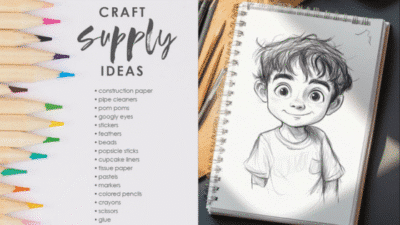A visual diary is a simple way to capture daily moments using drawings instead of words. It lets someone express feelings and ideas through quick sketches, doodles, or small drawings. Drawing your day helps turn regular experiences into creative memories that are easy to look back on.
Many people find that keeping a visual diary makes their day feel more meaningful. Even spending just a few minutes drawing can boost creativity and reduce stress. The important part is to allow yourself to make imperfect drawings without worrying about skill.
This kind of journaling is great for anyone who likes to combine art and storytelling. It can be a fun habit that grows over time and helps make everyday life more colorful and interesting.
Getting Started With Visual Journaling
Starting a visual journal means picking tools, deciding how to keep it, and creating a space that invites creativity. These simple steps help make the process easier and more enjoyable.
Essential Materials
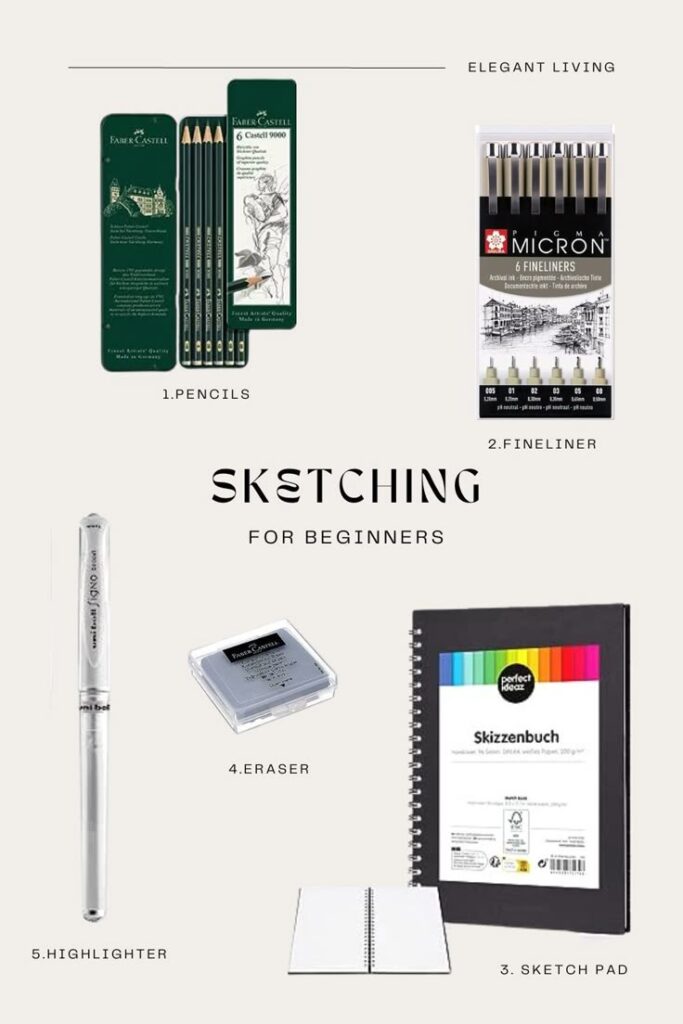
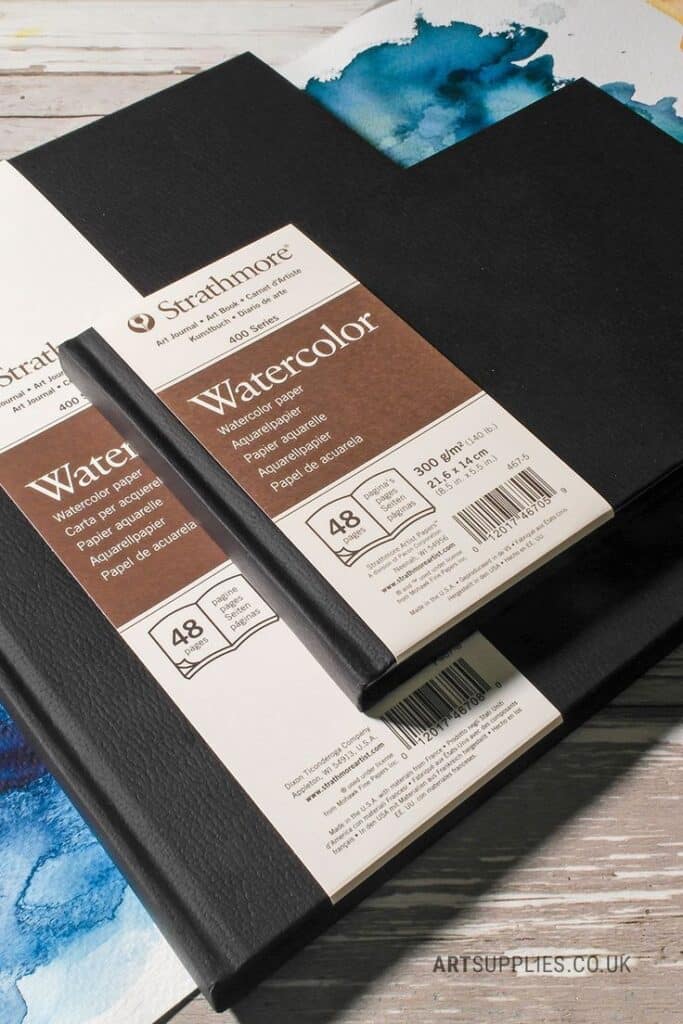
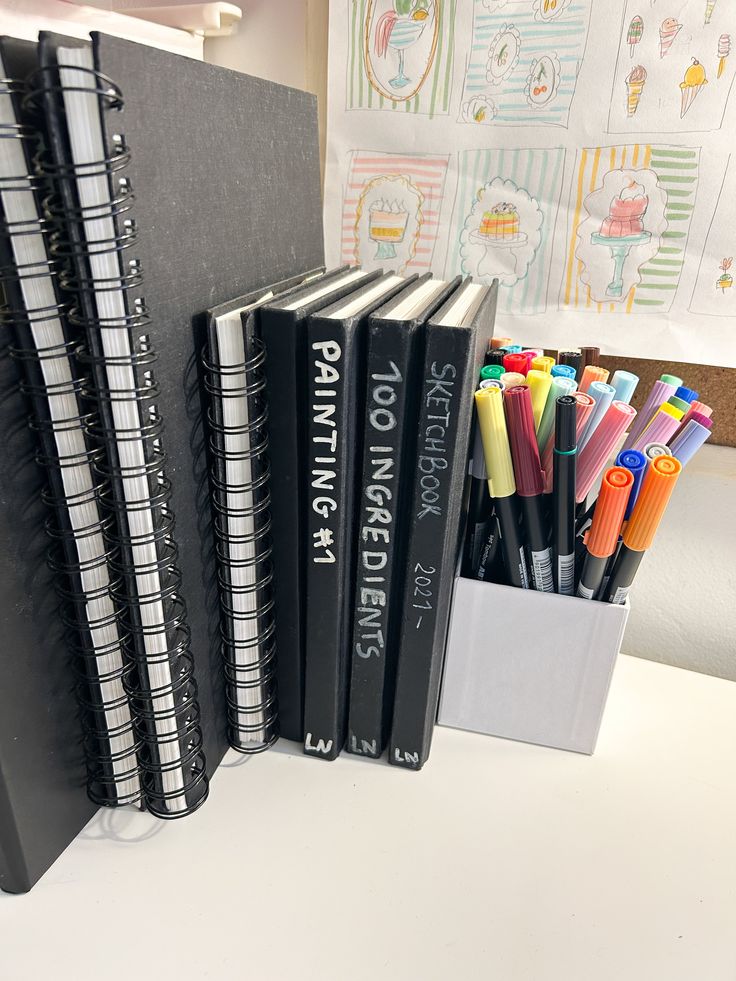
The basics include a notebook or sketchbook and some drawing tools. Many choose pens, pencils, and colored markers or crayons to add variety. Watercolors or pastels work too, but they need more care and space.
It’s helpful to have a few supplies at hand rather than many. A small set of markers, a pencil, and an eraser are perfect for quick daily entries. If space is limited, a portable sketchbook is a smart choice.
Materials don’t need to be expensive. The focus is on trying things out and expressing ideas, not perfect art supplies. Mixing writing with doodles also makes the journal personal and easy to maintain.
Choosing Your Format
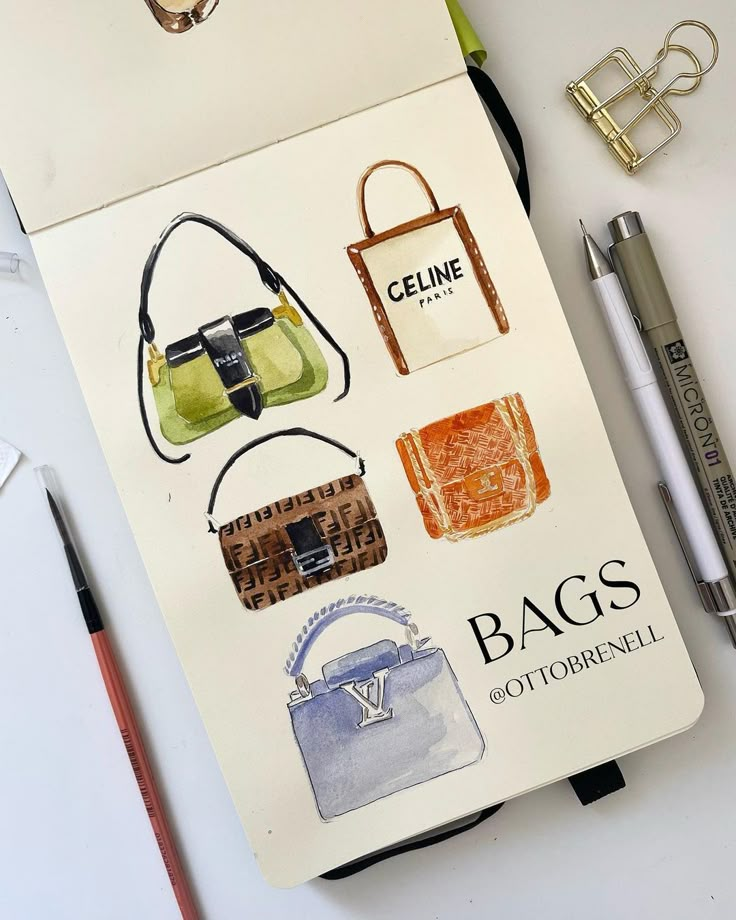
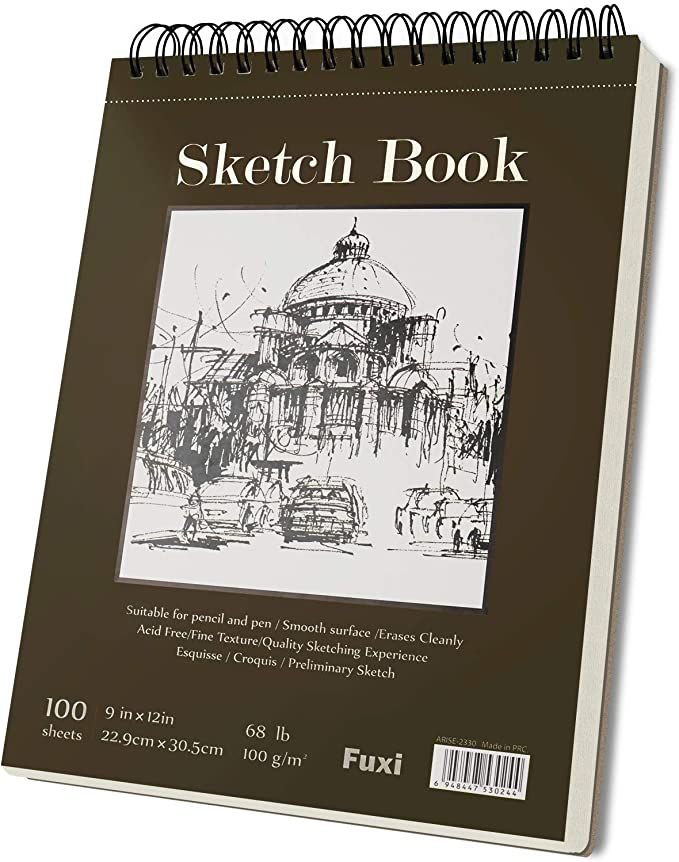
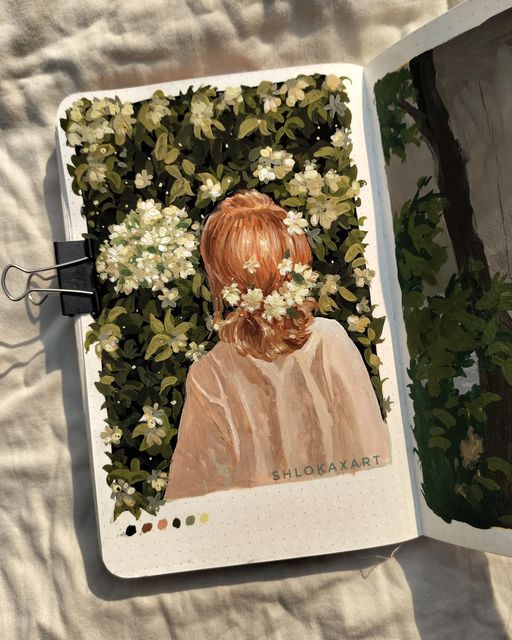
Visual journals come in many forms. Some use blank sketchbooks to draw freely, while others prefer grid paper for organization. Digital apps offer easy editing and color options too.
A popular choice is a small, portable sketchbook that can fit in a bag. This encourages daily use and quick sketches anywhere. Some also mix writing and drawing on each page, blending notes with images.
Deciding the format often depends on lifestyle. A digital journal works great for those on the go, but a physical notebook may feel more rewarding to others. The key is picking what feels accessible and fun to keep up regularly.
Setting Up Your Workspace
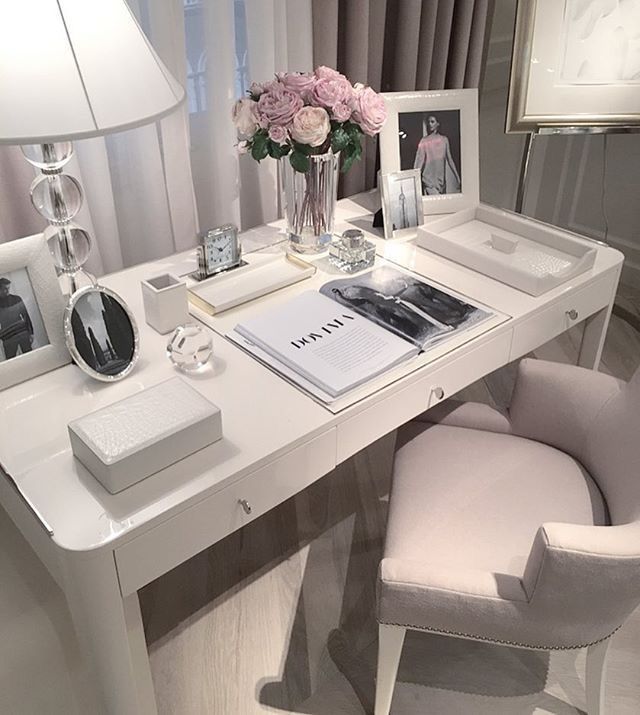
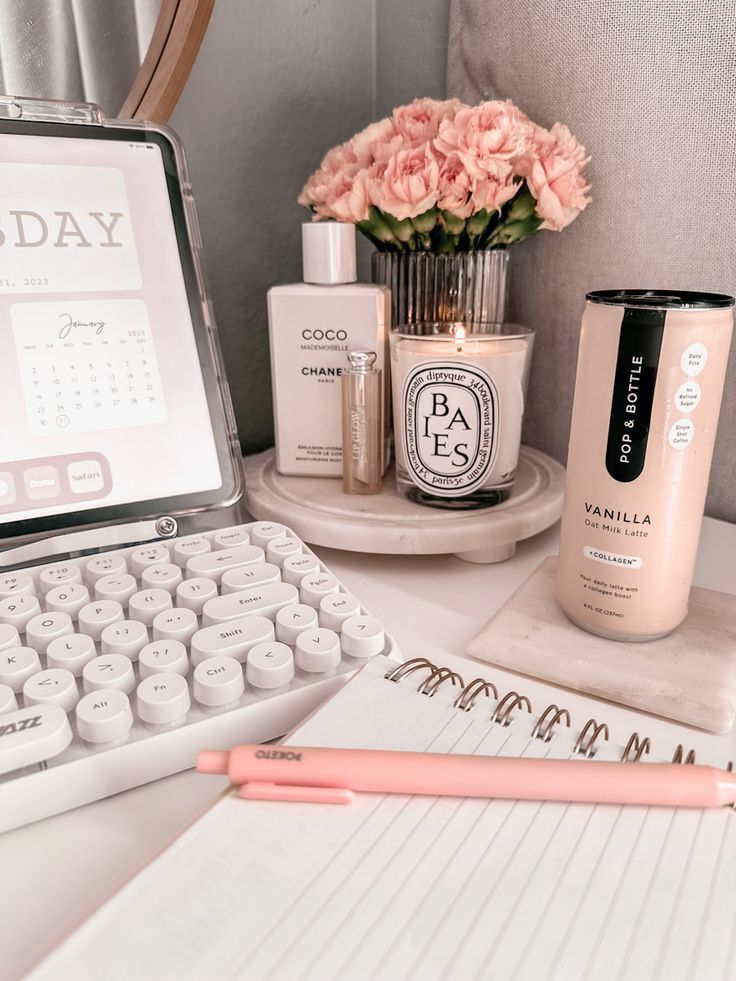
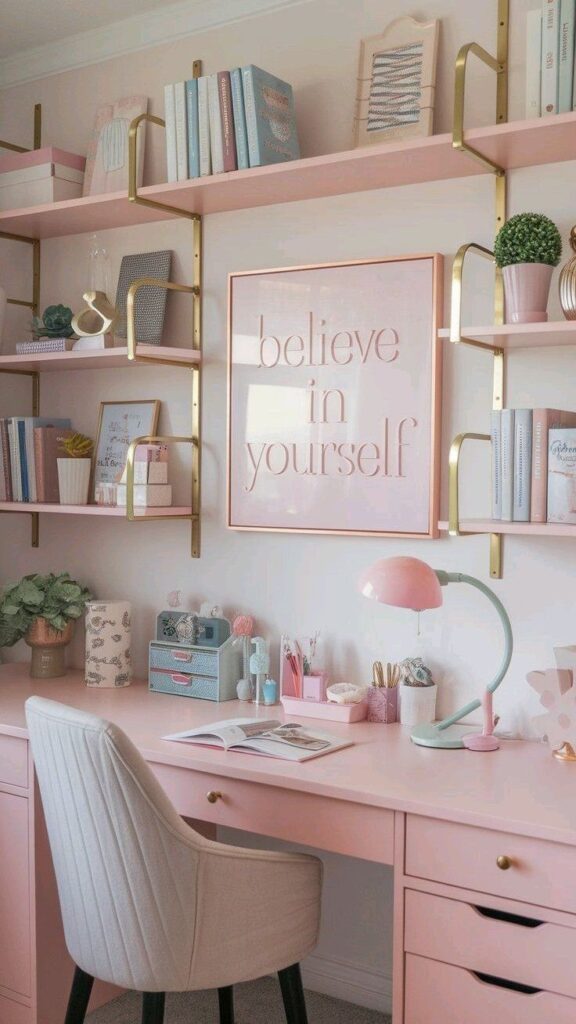
Having a dedicated space can make visual journaling feel inviting. It doesn’t need to be large. A small desk with good lighting works well.
Organizing materials in easy reach helps keep momentum. Some use jars or cups to hold pens and brushes. Keeping a favorite chair nearby encourages relaxing and focusing on the journal.
Creating a calm spot free from distractions supports daily practice. Playing soft music or having some inspiration nearby, like photos or art, can also help spark ideas. The goal is a space that welcomes creativity every time.
Techniques for Drawing Your Day
Drawing a visual diary means paying close attention to everyday life. It involves picking moments that stand out, choosing colors that match feelings, and mixing drawings with words or doodles. Each approach adds something special to the story being told on paper.
Capturing Daily Moments
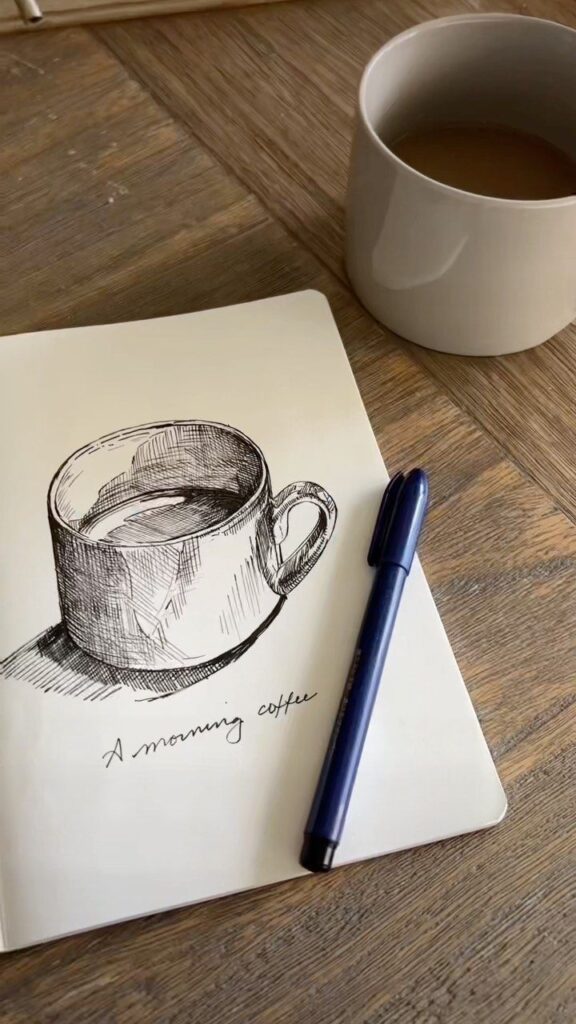
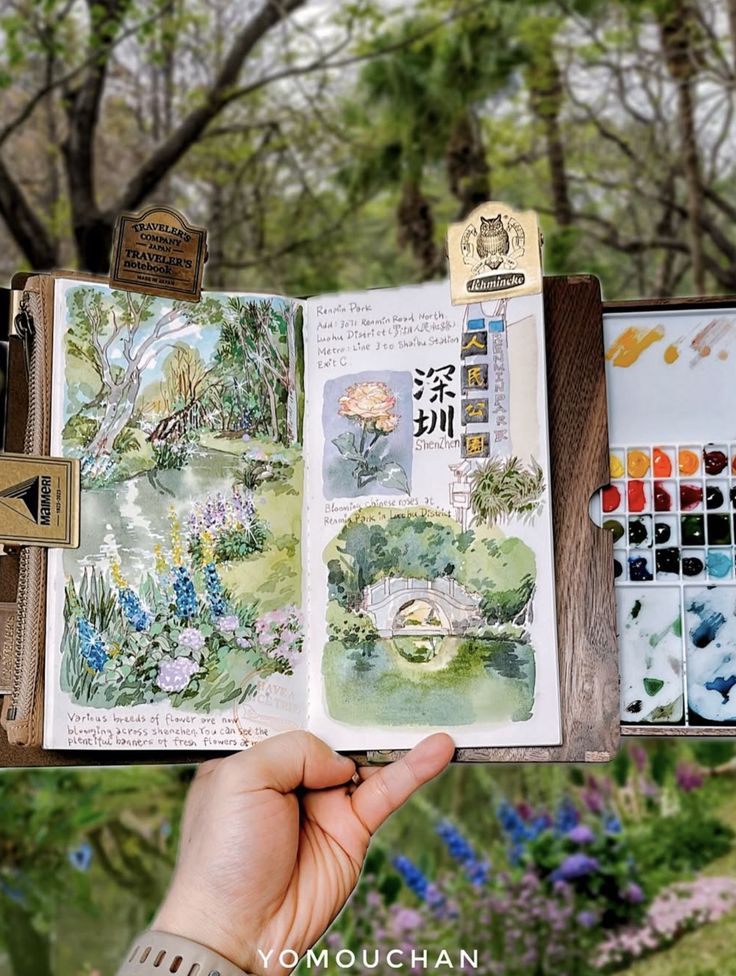
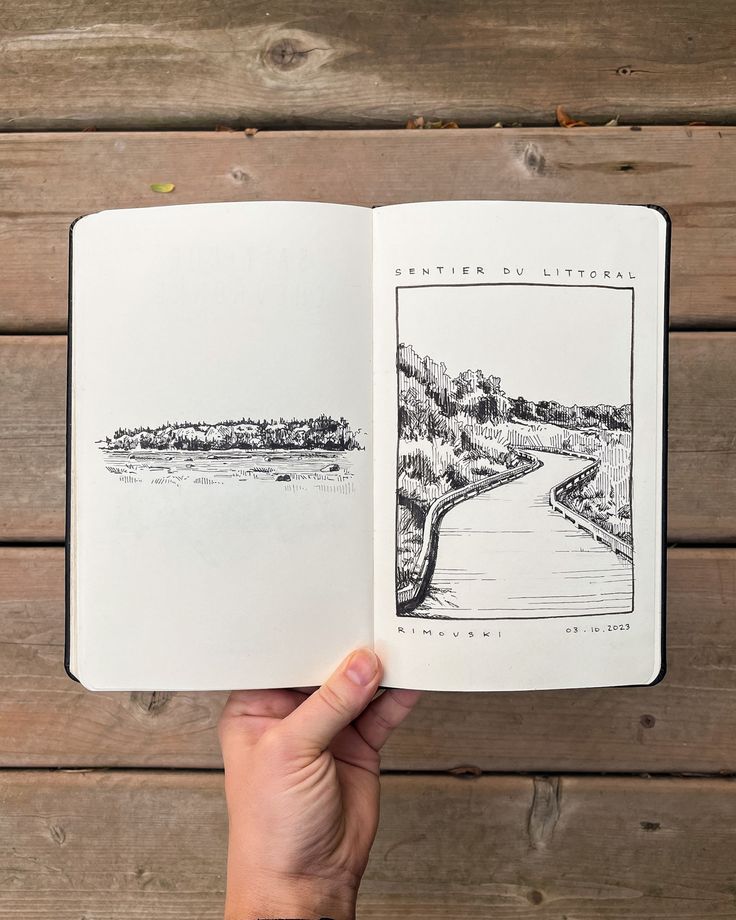
The best way to capture daily moments is by focusing on small, simple things. It can be a cup of coffee, a quick glance outside, or an interesting shadow. These tiny observations make a drawing diary personal and real.
Using quick sketches helps to catch the moment before it disappears. Keeping the lines loose and simple works well, especially when time is short. The goal is to save the feeling, not to make perfect drawings.
Photographs can also be helpful to remember details later. But drawing from life, even if rough, adds a fresh and honest touch to the diary.
Using Color to Express Mood

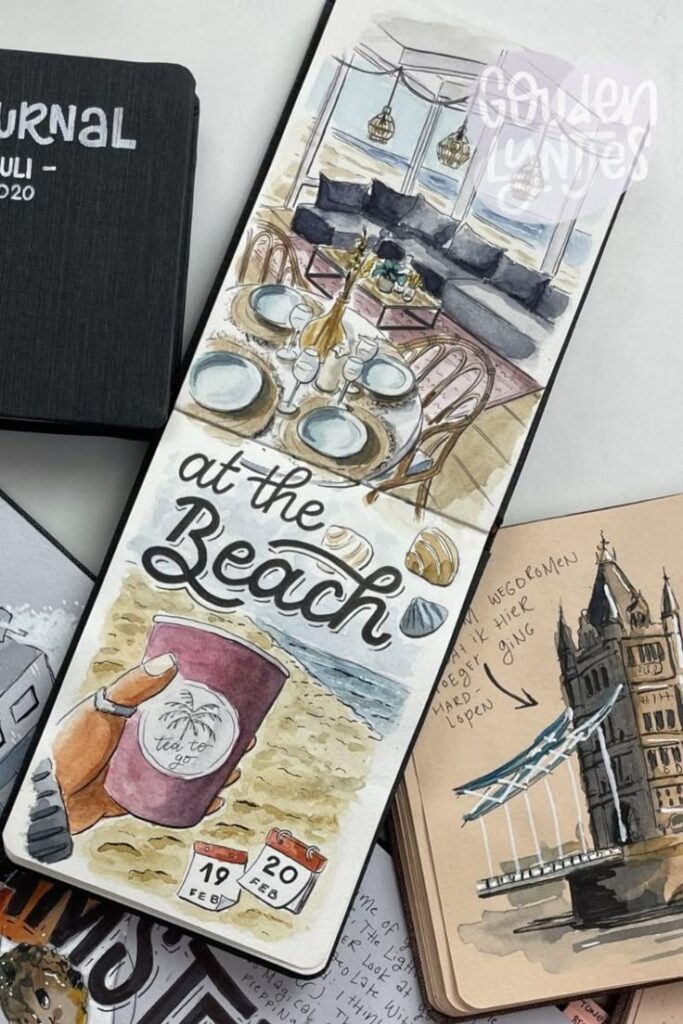
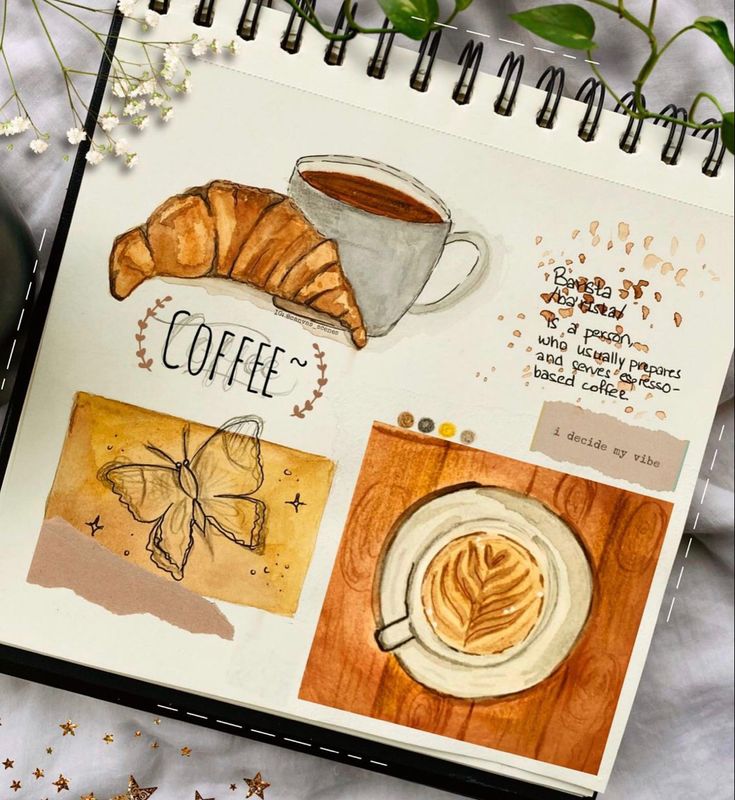
Color choices can show how someone feels during the day. Bright colors like yellows and reds often express happiness and energy.
Cool colors like blues or purples can show calm or sadness. Using just a few colors keeps drawings simple and focused.
Some use watercolor or colored pencils for soft effects. Others prefer markers for strong, bold colors.
It helps to pick a color palette ahead of time or choose colors that reflect the main emotion of the day. This makes the drawing more meaningful.
Incorporating Lettering and Doodles
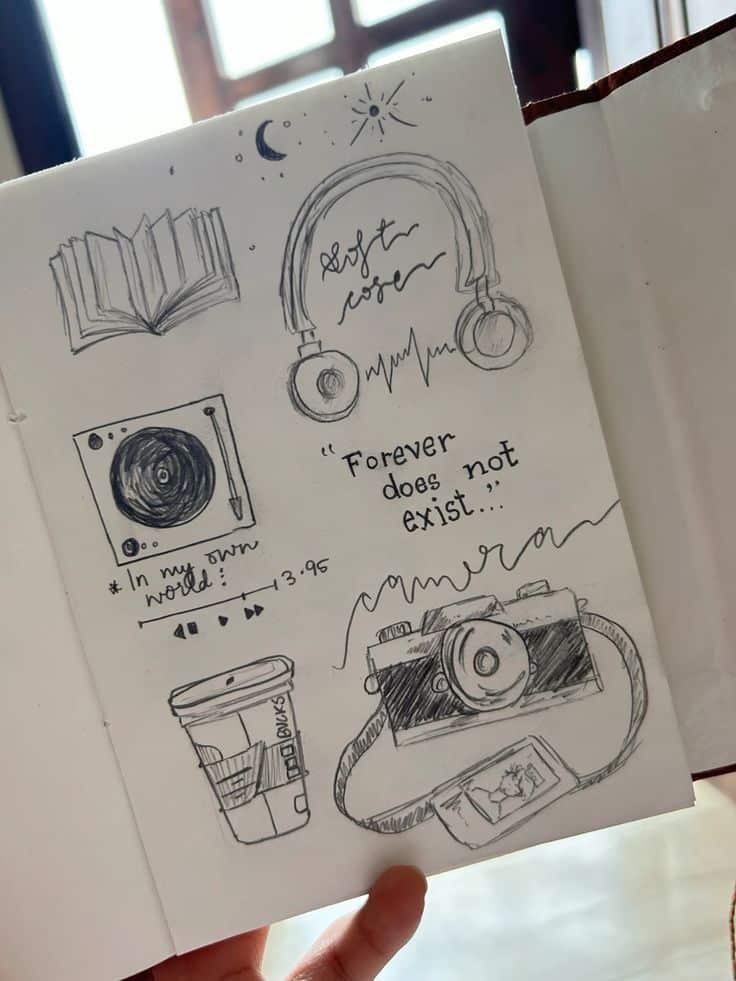
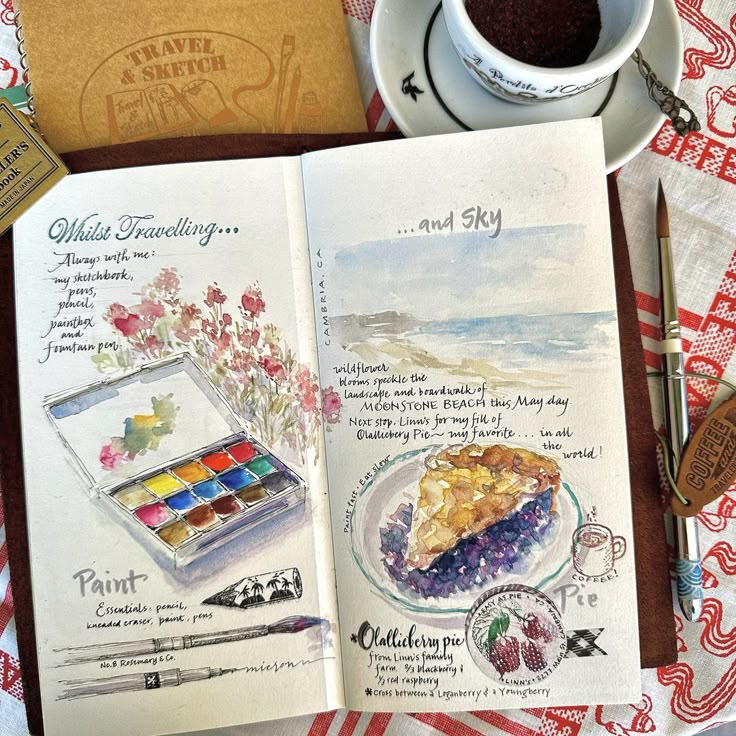
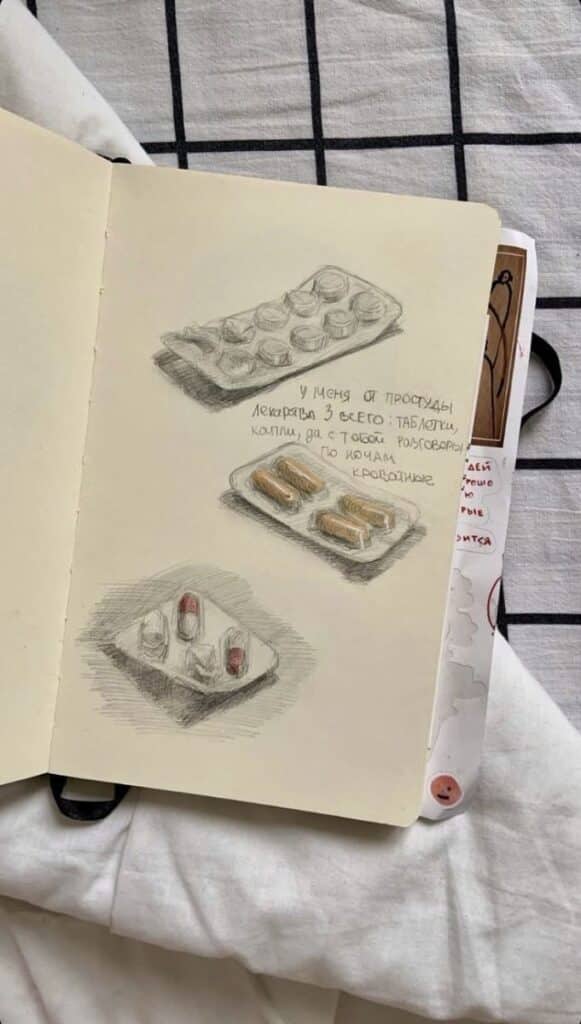
Adding words and doodles makes a visual diary more lively. Handwritten notes can explain what’s happening or share thoughts connected to the drawing.
Lettering styles can vary — simple printing, cursive, or block letters — depending on the mood or message.
Doodles, like little shapes, icons, or patterns, fill blank spaces and add personality.
Both lettering and doodles break up pages and keep the diary fun to look at.
Combining Sketches With Written Notes
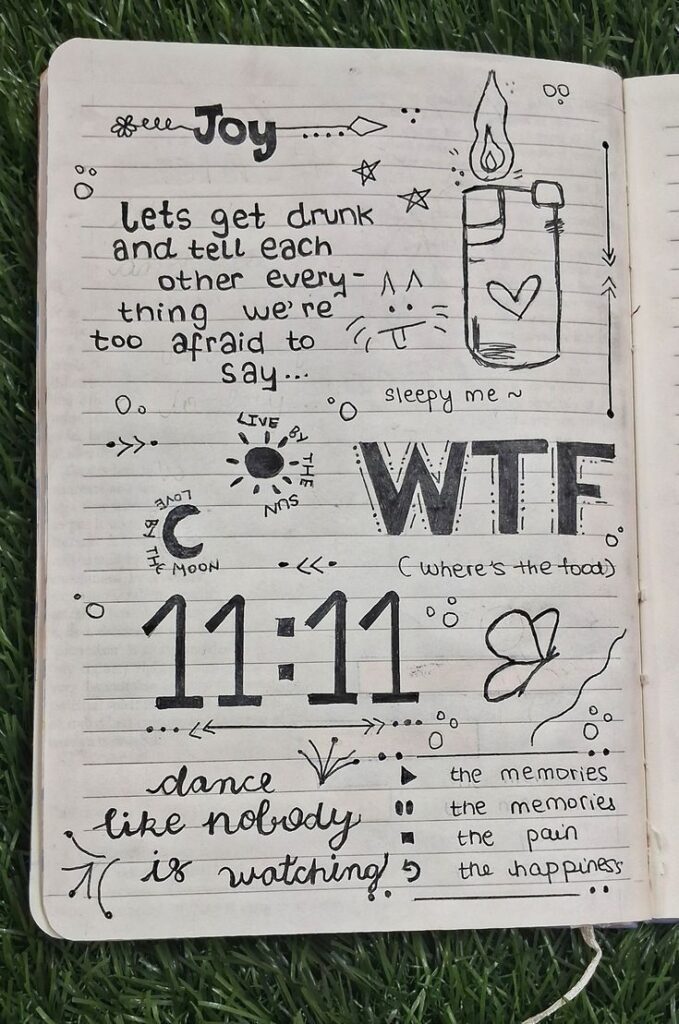
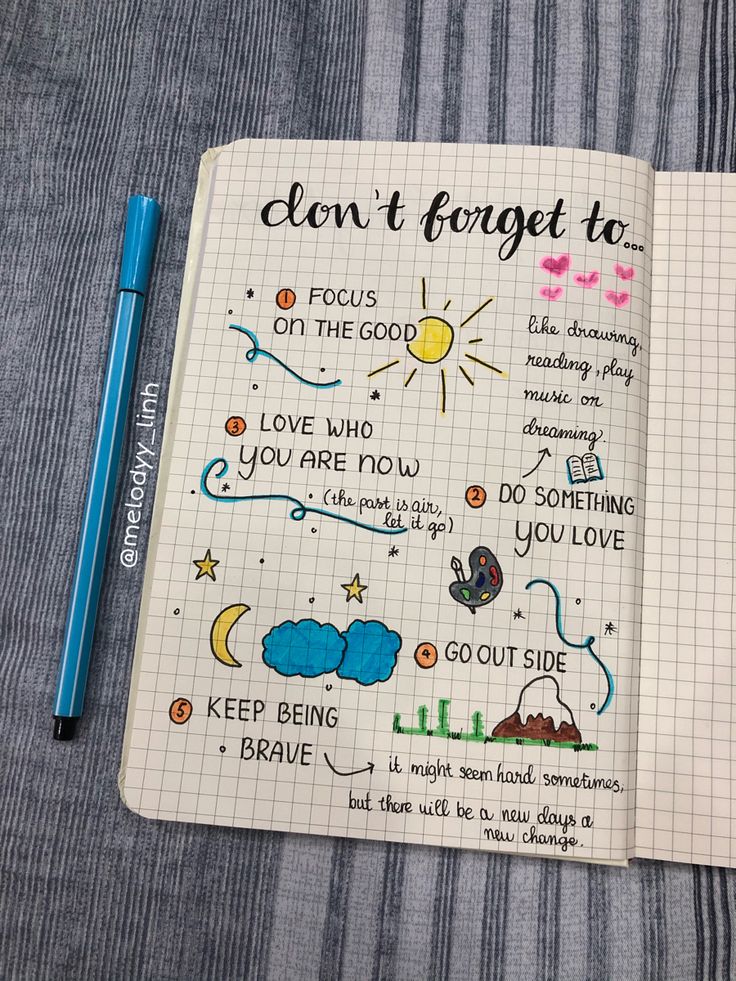
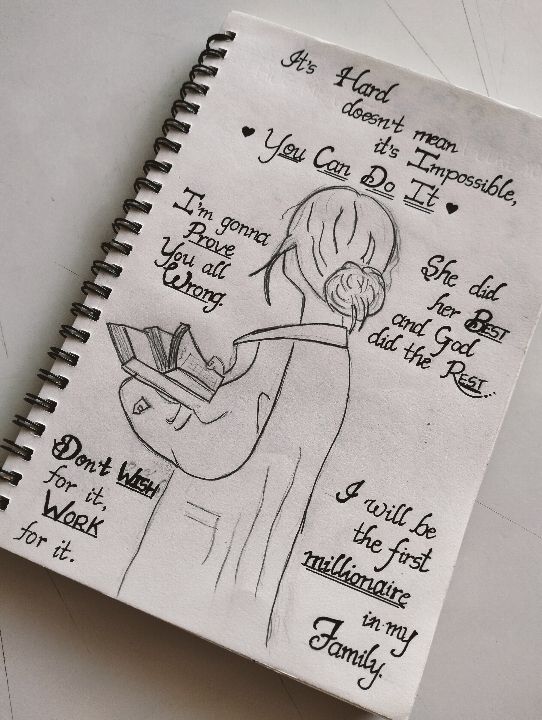
Pairing sketches with written notes tells a fuller story. Notes can record feelings, memories, or small details the drawing missed.
Writing doesn’t need to be long—just a few sentences or words work well.
Some use bullet lists or short paragraphs next to the sketches.
This combination helps when looking back, offering more context and making the diary richer.
Building a Consistent Visual Diary Practice
Creating a habit with a visual diary takes planning, patience, and some tricks to keep creativity flowing. Setting a routine, handling blocks, and finding sources of inspiration are all part of making daily drawing easier and more rewarding.
Establishing a Daily Routine

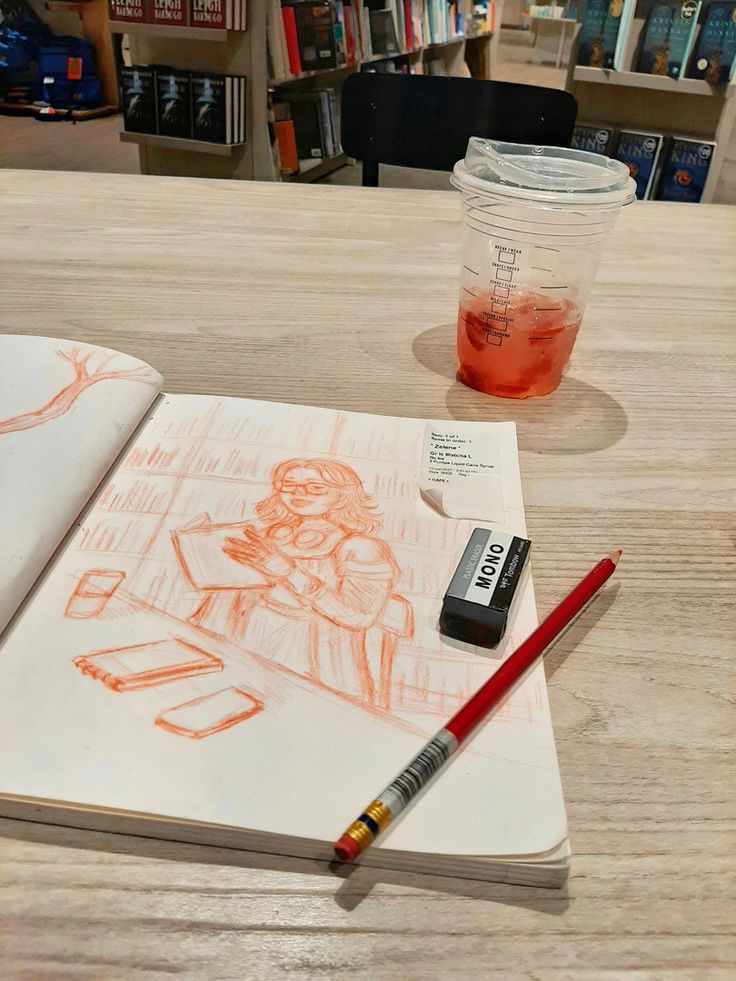
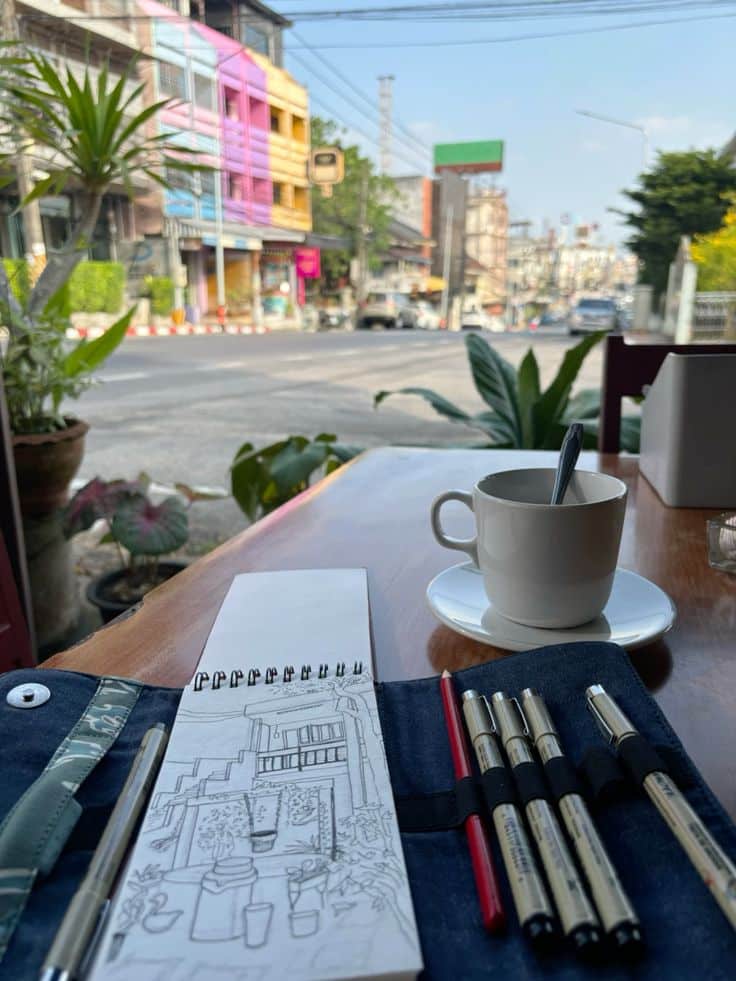
He or she should pick a specific time each day to draw, even if it’s just 10 minutes. Consistency matters more than long sessions. A morning or evening slot works well because it can fit naturally into everyday habits.
Keeping the supplies ready helps avoid delays. Having favorite pens, pencils, or paints nearby encourages starting without extra setup time. Using prompts or simple ideas can also make starting faster and less stressful.
Tracking progress, like marking a calendar or checking off days completed, can boost motivation. Small daily wins build momentum and make the visual diary feel like a natural part of the day.
Overcoming Creative Blocks
Running out of ideas or feeling stuck is normal. When this happens, changing the approach helps. Instead of forcing a perfect drawing, one can try quick sketches or doodles that relax the mind.
Taking breaks can refresh creativity. He or she could step outside, listen to music, or look at art for a few minutes to reset. Sometimes just starting anywhere, no matter how small, breaks the block.
Another useful method is to have a list of simple prompts, like drawing an object nearby or something seen during the day. This makes it easier to begin without overthinking.
Finding Inspiration
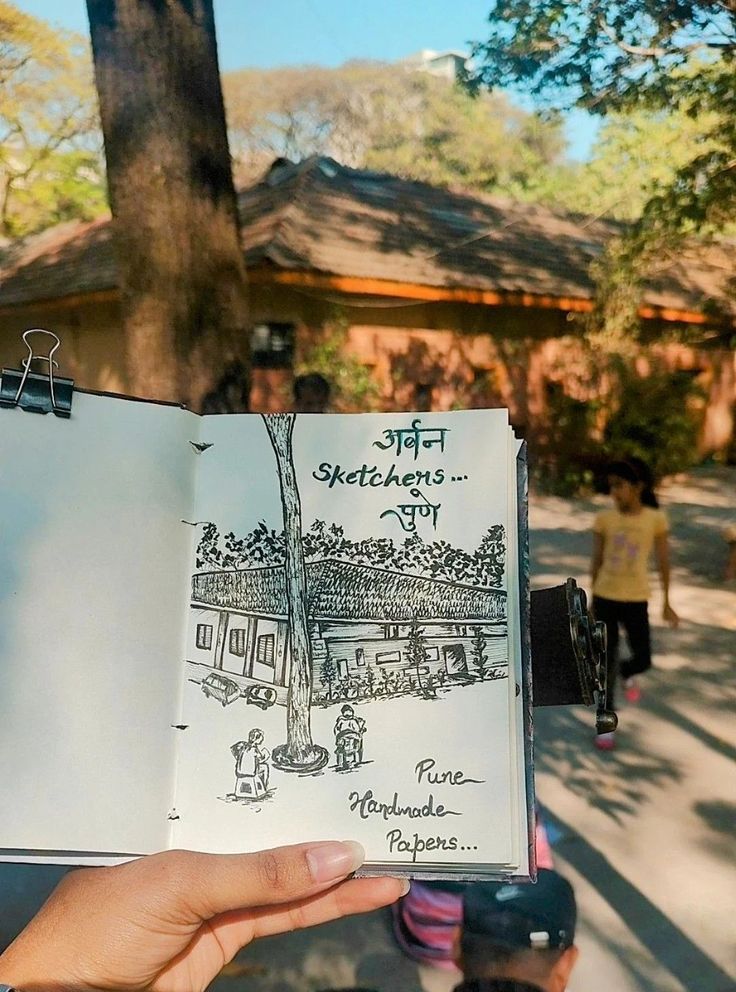

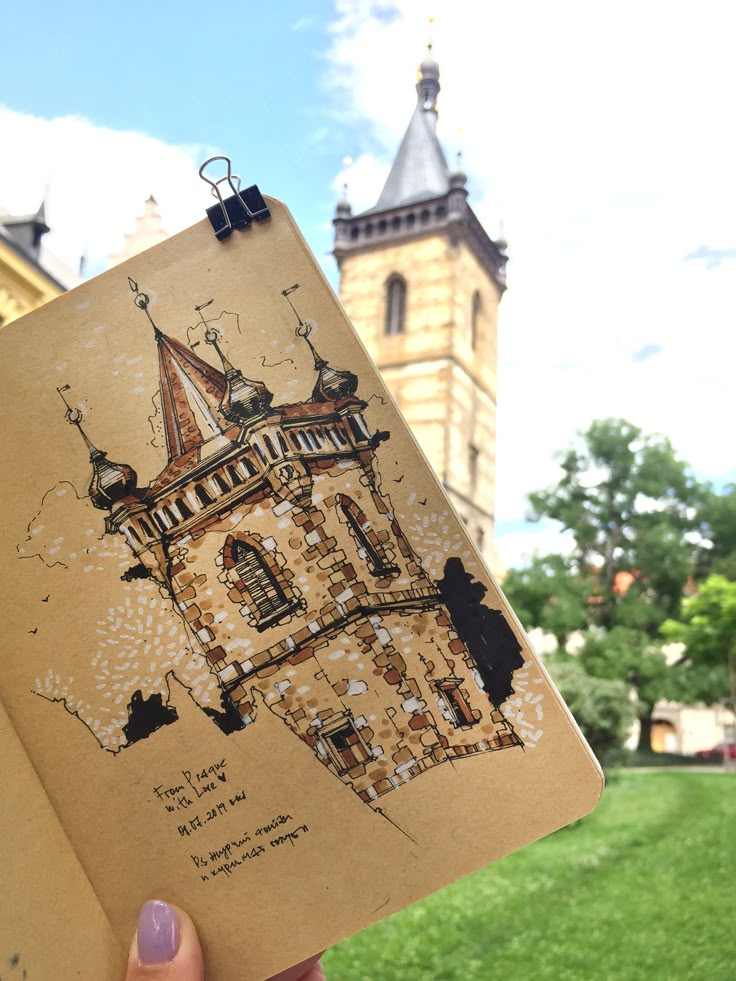
Inspiration comes from many places. Looking around at nature, everyday objects, or local art can spark ideas. He or she can carry a small notebook or phone to jot down interesting sights or thoughts.
Visiting new places or changing environments, even briefly, encourages fresh perspectives. Using photos or memories can also feed visual diary entries with personal meaning.
Joining online groups or communities that share visual diaries can provide support and ideas. Seeing how others express themselves may inspire new styles or subjects to try.
Sharing and Reflecting on Your Visual Diary
Sharing and reflecting on a visual diary helps deepen understanding of personal growth and creative skills. It also opens doors to new ideas and ways to preserve the artwork for the future. Taking time to review progress, connect with others, and safely store work improves the whole diary experience.
Reviewing Your Progress
Regularly looking back at past diary entries shows how ideas and skills have changed over time. This helps spot patterns in thoughts, moods, or creativity. He or she can ask questions like: What improvements do I see? or What themes keep appearing?
Creating a simple chart or list summarizing key moments or styles can make this process easier. Even short notes about what worked or what felt challenging add value. This reflection encourages honest self-expression and guides future entries.
Connecting With a Creative Community
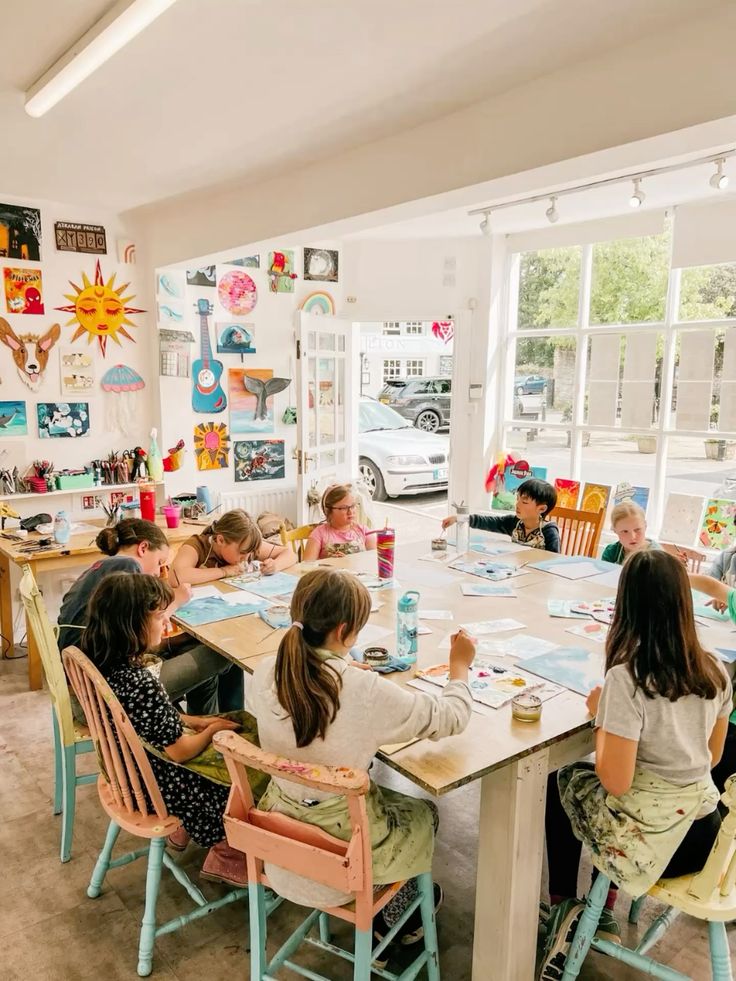
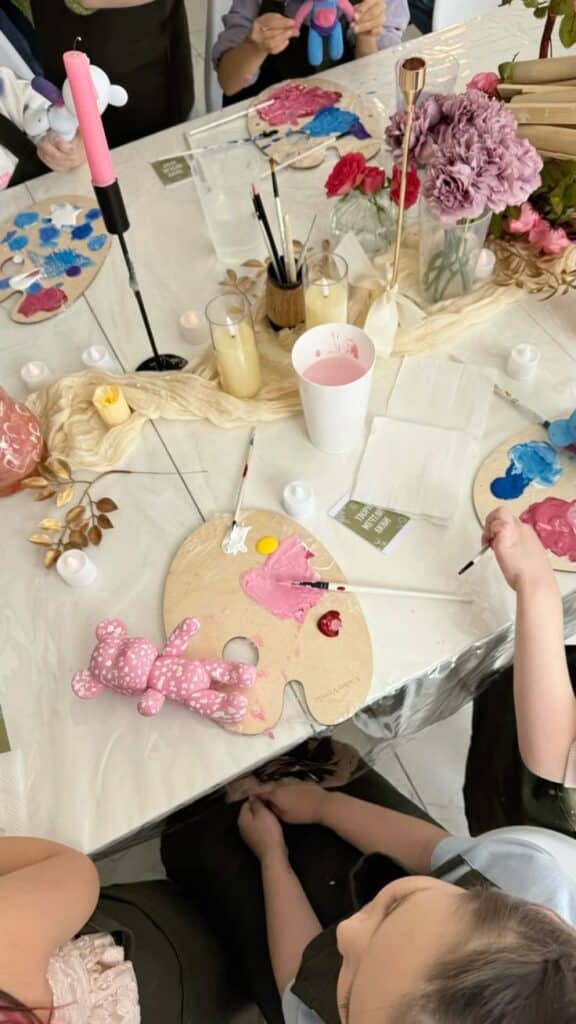
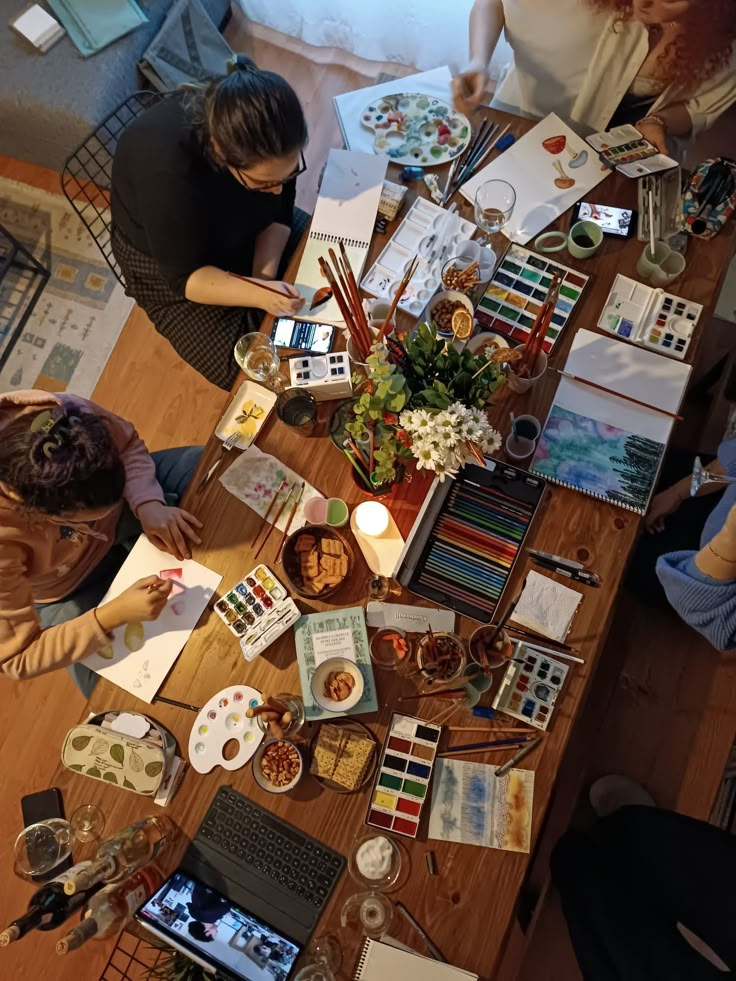
Sharing work with others interested in visual diaries boosts motivation. It offers a chance to get helpful feedback and fresh ideas. Joining online groups or local art circles provides support and inspiration.
He or she can post photos of pages, ask questions, or comment on others’ work. This exchange builds confidence and helps discover new techniques or subjects to explore. It’s important to choose spaces that feel positive and focused on growth.
Preserving and Storing Your Artwork
Keeping a visual diary safe ensures it lasts and can be revisited anytime. Using acid-free paper, protective sleeves, or digital backups can protect drawings and writings from damage.
Organizing pages in a binder or box keeps the diary tidy and accessible. If the diary is digital, saving different versions and backing them up regularly is key. Proper care means the diary remains a valuable personal record for years.
- 16.1Kshares
- Facebook0
- Pinterest16.1K
- Twitter0


